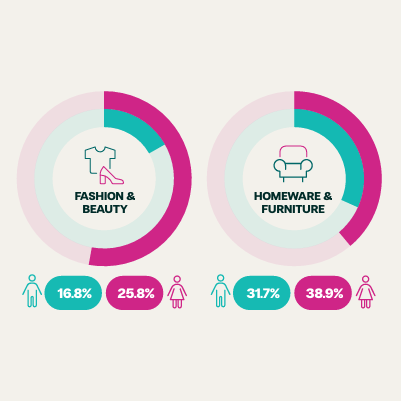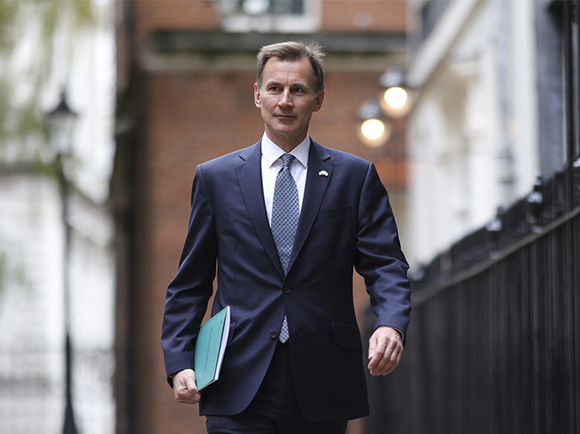BNPL regulation: finding the balance for lenders and merchants

This article is based on conversations from our upcoming webinar ‘BNPL rebirth: how the forthcoming regulatory changes will benefit the sector’. Register here.
BNPL’s ease of use is part of its appeal. But that’s also the bit that has caught consumer groups’ attention. Many are worried that consumers are unknowingly entering into credit agreements. Slick marketing – coupled with a distinct lack of “red tape” – has sparked fears of a new payday loan crisis, as consumers access multiple forms of finance with minimal credit checking, leaving them vulnerable. In the absence of hard data, it is difficult to measure the extent of these claims. However, it is clear that there is potential for harm.
With that being the case, Her Majesty’s Treasury (HMT) released a consultation paper following the Woolard Review into BNPL in 2021. In it, the government set out its ambition to carefully regulate the BNPL market without stifling competition. Too little regulation, and consumers are at risk. Too much regulation – too much friction – and competition will be stifled. HMT must find the spot that’s just right.
Is there consumer harm?
In short, yes. Where there is lending there is consumer harm. But the role of BNPL regulation is to mitigate that harm to the most vulnerable consumers. Default rates for BNPL in the UK appear to be lower than for other forms of credit. Yet at the same time, a class action lawsuit in the US suggests that real damage is being caused by the currently unregulated market. In either case, we will not be able to measure the full extent until the markets are regulated and there is much higher uptake of BNPL across the board.
Media commentary thus far has tended to focus on the negative aspects of BNPL; the Financial Times recently published an article stating that Klarna’s default rates are rising because its usage is increasing. This unfortunately ignores the many benefits of the BNPL market. In the absence of proper data, it’s arguably too early to tell whether BNPL is causing harm on a greater scale than other credit products. Meanwhile, there is increasing evidence that credit conscious consumers are choosing retail finance as an alternative to existing payment options, despite their availability.
BNPL regulation, if done correctly, should soften the media’s calls for concern. After all, regulation is a good thing. It protects consumers. The challenge for the government is one of proportionality; creating legislation that protects consumers but does not stifle competition.
The CCA
Fintechs have been able to flourish until now due to a loophole in the Consumer Credit Act of 1974 which allows for short term credit to sit outside of Financial Conduct Authority (FCA) regulation. The exemption, since its inception, has existed for things like gym memberships and invoices. But with the introduction of technology, the scale of these short term credit agreements has increased dramatically.
It’s important to understand that this piece of legislation was written at a time before technology was implemented into finance in the way it is today – certainly before anything technically similar to BNPL as we know it existed. The current legislation is not flexible, and has therefore not been able to develop with the market. BNPL providers have entered through this loophole, unregulated.
Banks, on the other hand, are already heavily regulated. As financial institutions, lenders are subject to strict governance due to the other financial products they offer. Fintechs have been able to move at considerable pace in comparison due to the lack of red tape they are faced with. The playing field is therefore not level for banks and fintechs, with the former finding itself playing catch up. BNPL Regulation aims to level the field. Lenders should be poised to take advantage.
Not too big, not too small. Regulation that is just right
Yet if regulation made it mandatory for merchants currently offering BNPL to become subject to FCA rules, there would be significant hoops to jump through as well as costs to pay. The concern here is that many merchants would simply stop offering BNPL as a payment option to avoid the hassle. But that reduces consumer choice, stifling competition and innovation within the market. Left alone though, with too soft an approach, and consumers are at risk of serious financial harm; something the government also wants to avoid.
To add another layer of complexity, there is no one BNPL product. As the market has evolved, so too has the broad spectrum of offerings. BNPL is a marketing term used to describe a variety of products that have arguably existed for decades. The government first needs to define what BNPL is to regulate the market properly, and it then needs to ensure that this definition is applied equitably to ensure fairness on the field.
If the definition is too rigid, then providers will find another loophole to offer the same BNPL products but under a different guise. Too flexible, and competition is stifled, as is consumer choice. BNPL regulation begins to look akin to goldilocks and her bowls of porridge.
What’re lenders and merchants to do?
The Consumer Credit Act of 1974 has stood the test of time. But it needs updating. This process will take time, even when an approach has been settled by the Government. Meanwhile, the BNPL market must be controlled to the extent possible, even before the required legislative changes come into effect.
The FCA has repeatedly signalled its intended muscular approach to the sector and in February 2022 it secured a big-win when several of the largest BNPL providers made voluntary changes to their operations in response to an intervention from the FCA using existing consumer protection; a pivotal moment in the BNPL regulation conversation.
But what are lenders and merchants to do? BNPL has established itself within the market, complementing, and in some instances gaining ground on other forms of finance. Both will want to take advantage of the increased revenue and reduced basket abandonment opportunities BNPL offers; forward thinkers will offer their short-term interest free credit on the right side of regulation, in anticipation of the forthcoming changes. And yet there is so much complexity to contend with.
How do we create a safe, transparent market that enables lenders and merchants to offer BNPL products whilst protecting consumers from harm?
To find out, join:
- Toby McCrindle – Head of Legal and Compliance, Divido
- Sulabh Agarwal – Managing Director, Global Head of Payments, Accenture
- Charlie Mercer – Head of Economic Policy, Coalition for Digital Economy
for our upcoming webinar: ‘BNPL rebirth: how the forthcoming regulatory changes will benefit the sector’. Register here.
Divido is the platform partner enabling lenders and merchants to launch their own-brand checkout finance, fast. Consumer journeys are seamless, and can be optimised to convert more customers at every point of sale, online and in-store.
Keen to know more?








